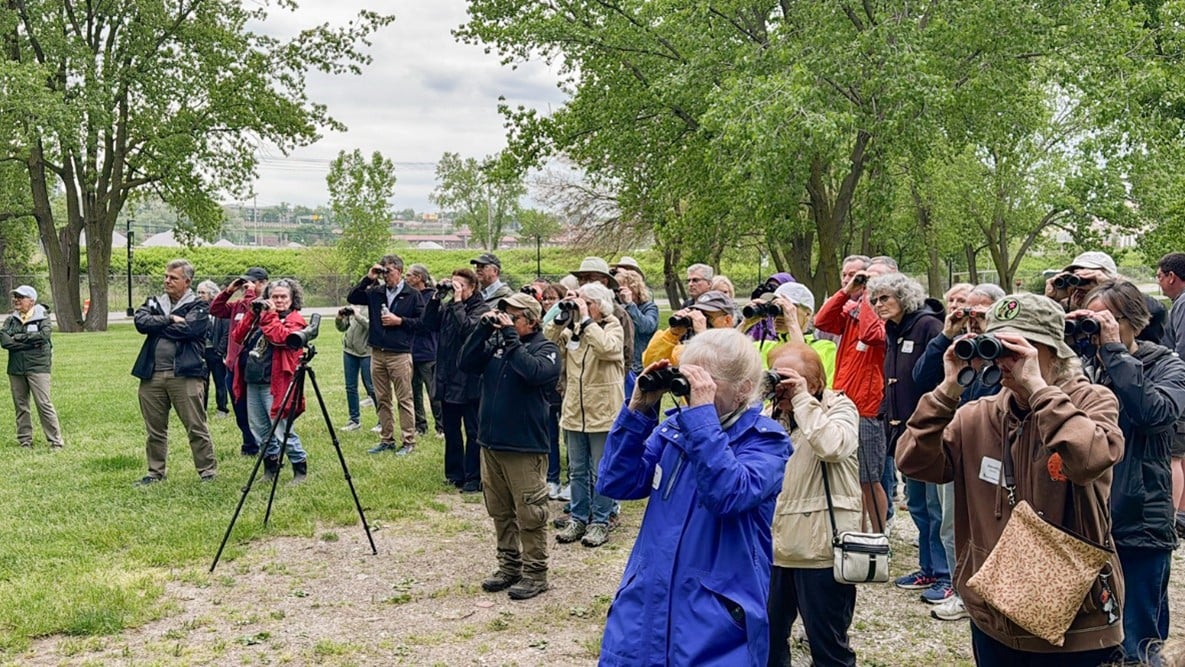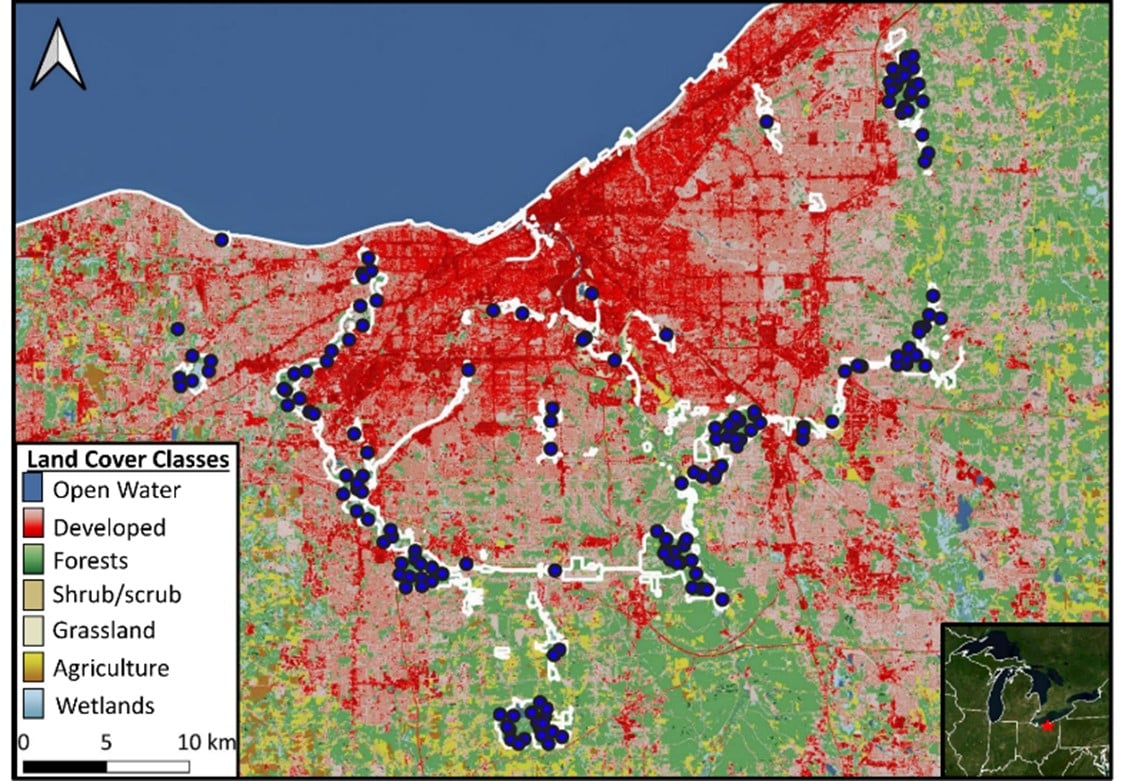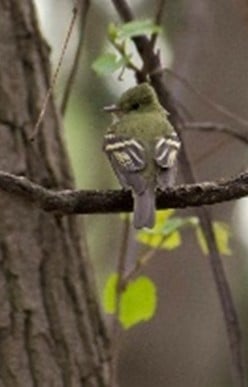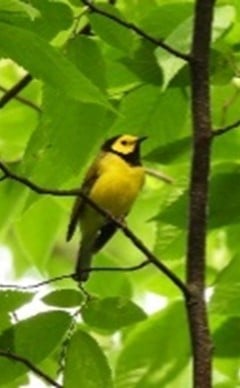Our resident and migratory birds are often framed as indicators of seasonal change, and for good reason - their breeding and migratory behaviors are strongly associated with the changing of the seasons and often serve as the most reliable indicators of our seasonal shifts. This reliability does not necessarily translate to population stability, however, and recent studies have indicated losses of approximately 3 billion birds since the 1970s. Given the many ecosystem services that birds provide (including insect control, pollination, seed dispersal, and many more), there is an urgent need to monitor our bird communities and, when possible, manage habitat to prevent or reverse these declines.
-
To address monitoring and management needs related to our bird communities, Cleveland Metroparks Natural Resources staff and volunteers, in collaboration with Michigan State University initiated the Breeding Bird Survey program (BBS) in 2017 (Figure 1). Selected sites were surveyed between June and July to document bird species presence.

Figure 1: Natural Resource staff member Jennifer Brumfield leads a group of park visitors in a birdwatching event.
While many land management entities use BBS methodologies to assess their bird communities, our BBS program is unique in that selected sites overlapped with ongoing Plant Community Assessment Program (PCAP) vegetation surveys and Focus on Wildlife (FOW) camera-trapping surveys. By aligning BBS sites with other ongoing monitoring programs, we had the unique opportunity to assess how our bird communities associate with different vegetation community types parkwide.

Figure 2: Breeding Bird Survey (BBS) locations indicated by blue dots, with white outlines indicating Cleveland Metroparks boundaries. Background colors indicate National Land Cover Database (NLCD) land cover classifications.
The baseline results of this project documents vegetation and landscape associations with >100 species of breeding birds within our parks (see publication listed below). There is a stronger relationship between the park’s overall breeding bird community and local vegetation community characteristics than with human development, suggesting that sensitive breeding bird communities would likely be responsive to vegetation management activities. However, many bird species that migrate from the neotropics are negatively associated with human development and have particularly specialized habitat requirements. Some notable examples - such as the Acadian Flycatcher and Hooded Warbler - require intact forest habitats and may serve as indicators of forest habitat quality (Figure 3).



Figure 3: On left, two forest-reliant tropical migrants: the Acadian Flycatcher (far left) and Hooded Warbler (center left). On the right, an example of an intact forest area that may be used by these two species.
Cleveland Metroparks is using this work to inform conservation and management across our parks. As one component, we have been working to make predictions of breeding habitat use for every bird species previously documented by these surveys. These predictions allow park staff to identify habitat areas that might support sensitive breeding bird communities and adjust management plans and actions accordingly. Overall, by leveraging the outcomes of this project to better prioritize, manage, and protect sensitive bird communities across our parks, we are ensuring that our avian communities remain viable and resilient to current and future changes in habitat.
Research Publications:
(names in bold are current or past Cleveland Metroparks staff)
Byer, Nathan W., Remington J. Moll, Timothy J. Krynak, Erik E. Shaffer, Jen L. Brumfield, John E. Reinier, Sarah R. Eysenbach, Jonathon D. Cepek, and Constance E. Hausman. 2025. Breeding bird sensitivity to urban habitat quality is multi-scale and strongly dependent on migratory behavior. Ecological Applications 35:e3087. https://doi.org/10.1002/eap.3087
